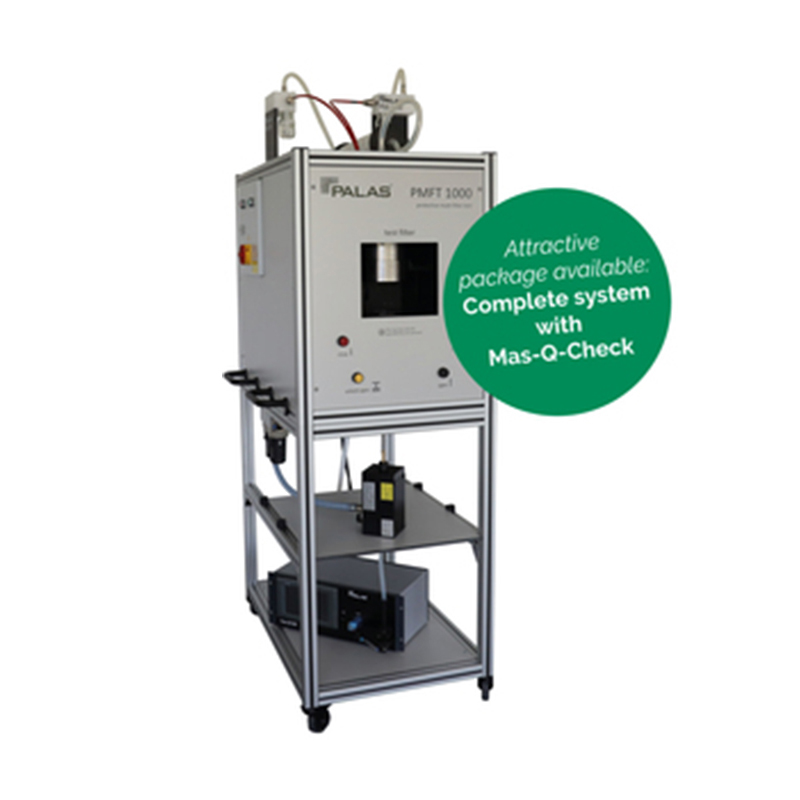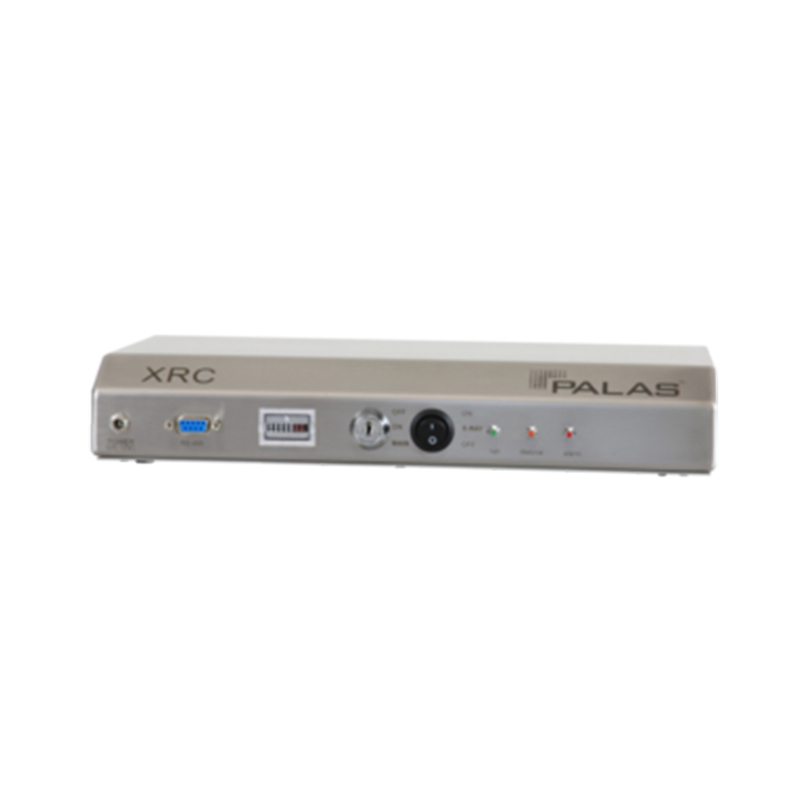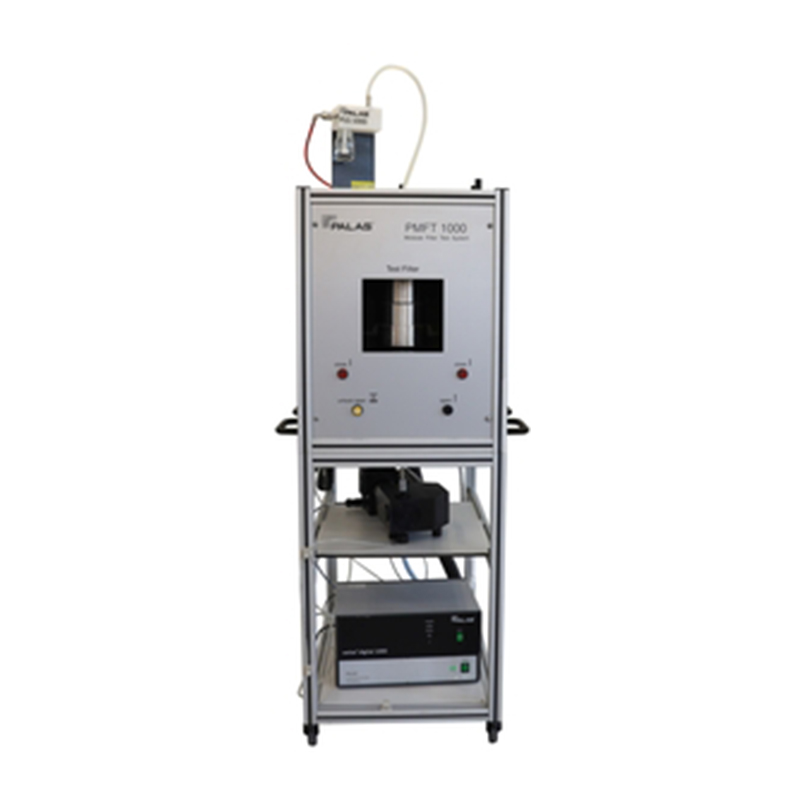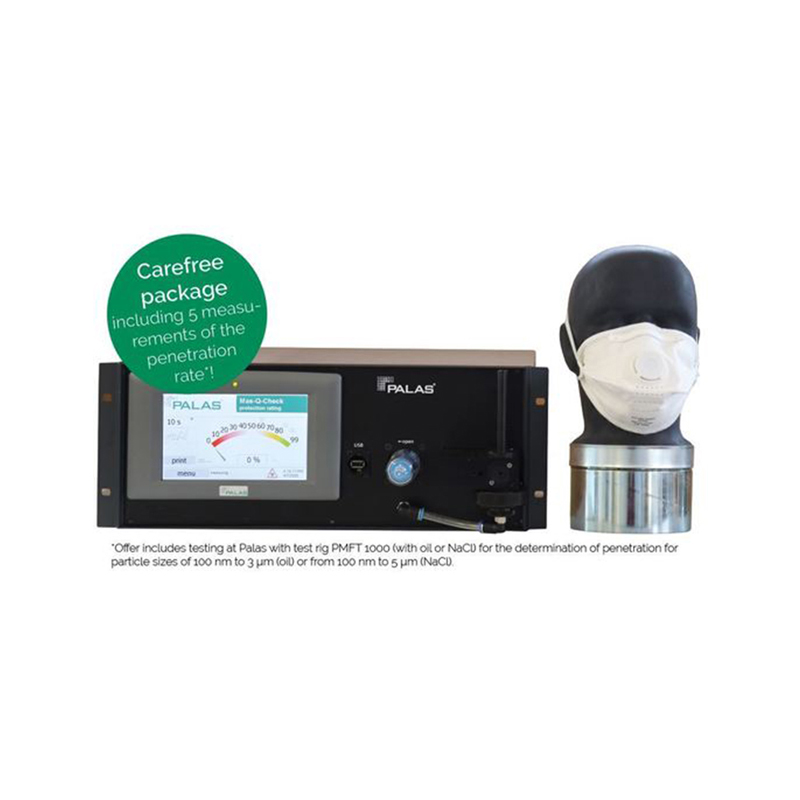Description
At very low feed rates (< 10 mm/h), a potentiometer enables precise speed adjustment.
The maximum feed rate is 300 mm/h.

Table 1: Mass flows of RBG system (compacted density 1 g/cm3)

Table 2: Dispersion covers

Table 3: Different versions of the RBG system
I = version for inhalation
D = pressure-resistant
G = low feed rate
L = easily removable and weighable dosing unit
S = nitrogen version





